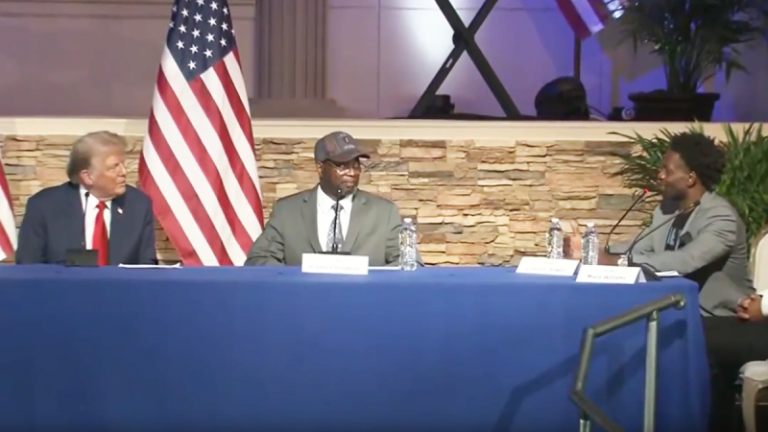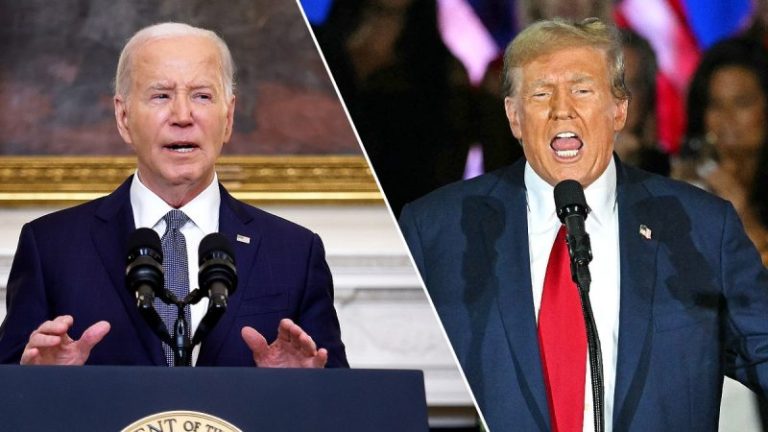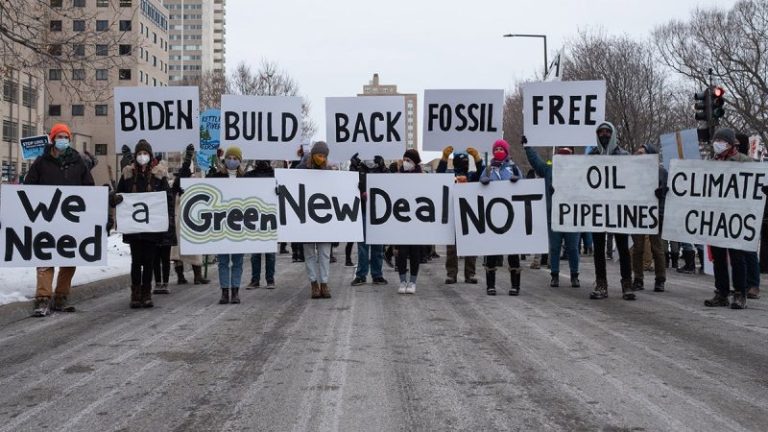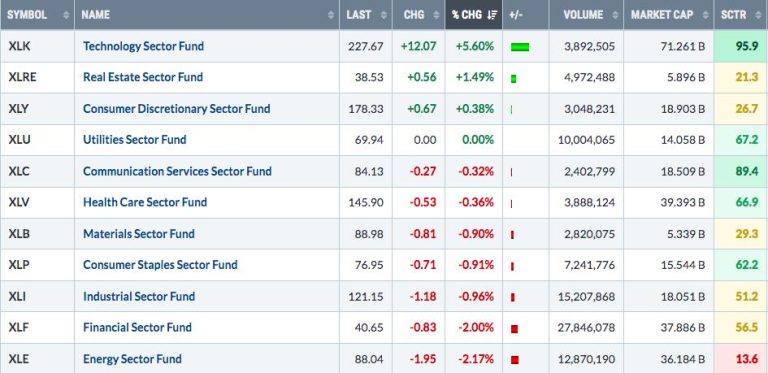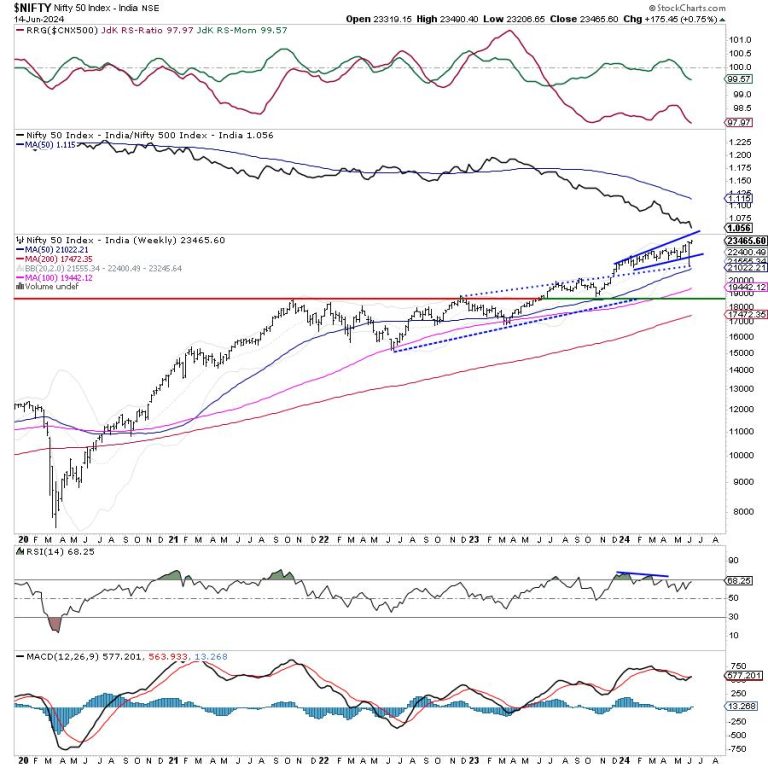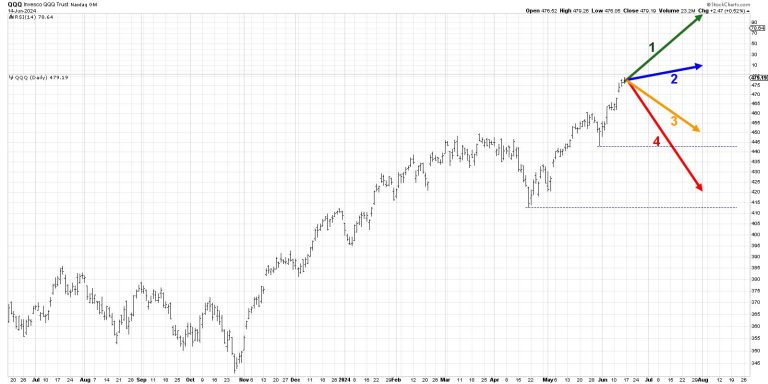The Supreme Court seemed to signal interest this week in taking up a challenge launched by Hawaii against big oil companies to hold them liable for climate change, and some Democrats are suggesting the high court is ‘captured’ for the fossil fuel industry.
The Supreme Court on Monday asked the Justice Department to weigh in on a petition to hear a lawsuit brought by the City of Honolulu against major fuel companies including Sunoco, Exxon and Chevron, claiming the companies’ products cause greenhouse gas emissions and global warming without warning consumers about the risks.
The city employed a series of state laws like public nuisance and trespass measures and said the companies should pay billions to the state to abate the effects of climate change like weather events, sea level rise, heat waves, flooding and global warming generally.
The high court gave DOJ no deadline for the solicitor general’s input, but its request indicates a high likelihood the court wants to hear the case.
The energy companies first appealed to the Hawaii Supreme Court, arguing federal law prevents individual states from effectively shaping energy policies for all states.
But that court disagreed and ruled that the case should advance to trial. One justice said ‘the Aloha Spirit inspires constitutional interpretation.’
‘It is important for the U.S. Supreme Court to grant review. The Hawaii Supreme Court’s decision flatly contradicts U.S. Supreme Court precedent and federal circuit court decisions, including the Second Circuit which held in dismissing New York City’s similar lawsuit, ‘such a sprawling case is simply beyond the limits of state law,’’ Theodore J. Boutrous, Jr. of Gibson, Dunn and Crutcher, lawyer for the Chevron Corporation told Fox News Digital.
‘These meritless state and local lawsuits violate the federal constitution and interfere with federal energy policy,’ he said.
But some Democrats and liberal advocates have begun preemptively criticizing the court.
Last week, Senator Sheldon Whitehouse, D-R.I., who sits on the Senate Judiciary Committee, posted on X saying, ‘[t]his captured Court’s delays of and interference in fossil fuel emissions regulations have already saved the polluters hundreds of billions — way more than they spent to capture it. But there is no end to fossil fuel polluters’ greed and entitlement.’
Lisa Graves, the executive director at the left-wing watchdog group True North Research, told the Rolling Stone that fossil fuel companies’ ‘efforts to evade legal accountability are being aided by… the very same groups that helped the majority of justices on the U.S. Supreme Court get their seats on the bench.’
The Federalist Society, a conservative legal group, and affiliated lawyers and groups have discussed the case in seminars and journal articles advocating that the Court take up the case. The Federalist Society has made recommendations to Republican administrations for justices and judges across the country.
But Fox News Digital has previously reported that the Hawaii litigation has been pushed by liberal dark money groups and legal partners.
Hawaii Supreme Court Chief Justice Mark Recktenwald, in his opinion rejecting the energy companies’ arguments, wrote, ‘Defendants knew of the dangers of using their fossil fuel products, ‘knowingly concealed and misrepresented the climate impacts of their fossil fuel products,’ and engaged in ‘sophisticated disinformation campaigns to cast doubt on the science, causes, and effects of global warming,’ causing increased fossil fuel consumption and greenhouse gas emissions, which then caused property and infrastructure damage in Honolulu.’
Last year, Fox News Digital reported last year that Recktenwald quietly disclosed in May that he presented for a course in collaboration with a little-known judicial advocacy organization funded by left-wing nonprofits, the Environmental Law Institute (ELI). According to the ELI, the Climate Judiciary Project is designed to educate judges across the country on how to handle climate change litigation that comes before them.
‘As the body of climate litigation grows, judges must consider complex scientific and legal questions, many of which are developing rapidly,’ CJP states on its website. ‘To address these issues, the Climate Judiciary Project of the Environmental Law Institute is collaborating with leading national judicial education institutions to meet judges’ need for basic familiarity with climate science methods and concepts.’
Sher Edling, LLP, the firm helping represent Hawaii at the Supreme Court works on dozens of climate-nuisance cases, representing cities and states across the country. The Daily Caller reported that the firm accepted $2.5 million in 2022 from The New Venture fund, an fund of the liberal dark-money firm, Arabella Advisors.
In addition to sharing funding sources, Sher Edling, LLP and ELI have shared personnel. In February, Senator Ted Cruz, R-Texas revealed that former Biden administration official Ann Carlson consulted for Sher Edling on climate litigation while serving on ELI’s board.
‘We have been raising awareness about the dangers of public nuisance litigation for well over a year,’ O.H. Skinner, executive director of the Alliance for Consumers, told Fox News Digital.
‘These cases represent a coordinated, dark-money-fueled threat to everyday consumers. The cases, commentators, law firms, and state court judges are all funded, supported, and trained by left-wing dark money.’
‘And these cases find support in the halls of congress from hypocrites like Sheldon Whitehouse, who bemoan dark money while filing legal briefs supporting liberal dark-money-backed public nuisance cases. Whitehouse’s true goal, and that of most nuisance suits, is to remove products and services from the market that do not align with the progressive agenda,’ he said.
‘Left-wing dark money groups such as the Climate Judiciary Project are indoctrinating judges all across the country with their far-left climate change propaganda,’ Carrie Severino, president of the Judicial Crisis Network told Fox News Digital.
‘The possibility that the Supreme Court would hear this case is a nightmare for these groups, because this Court cares about constitutional tenets like federalism rather than left-wing policy goals,’ she said.
The Supreme Court could decide to take up the case, Sunoco v. Honolulu, as early as this summer.
Fox News Digital reached out to Senator Whitehouse, the Environmental Law Institute and Sher Edling for comment.

